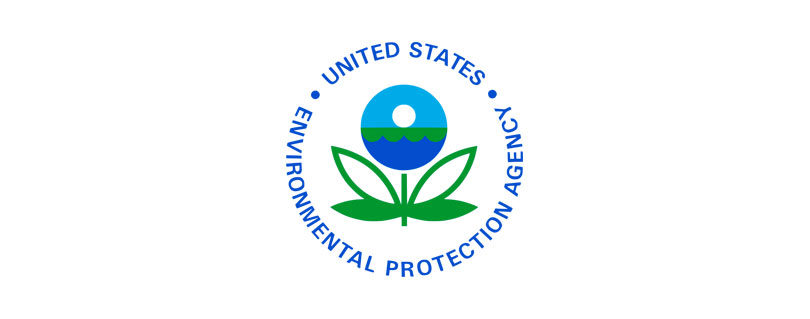EPA Issues Final Cleanup Plan for New Cassel/Hicksville Groundwater Contamination Superfund Site in Nassau County, New York
Publilshed by the U.S. Environmental Protection Agency (EPA)
NEW YORK – The U.S. Environmental Protection Agency (EPA) has issued a final cleanup plan to address contaminated groundwater at a portion of the New Cassel/Hicksville Groundwater Contamination Superfund site within the Towns of Hempstead, North Hempstead, and Oyster Bay in Nassau County, New York. The groundwater at this site is contaminated with volatile organic compounds (VOCs). The final cleanup plan calls for installing a network of wells and underground pipes in a residential neighborhood (Salisbury, New York) to collect and move contaminated groundwater to a new water treatment facility.
“Ensuring access to clean drinking water is one of EPA’s most important missions and this cleanup plan will advance that goal,” said EPA Regional Administrator Lisa F. Garcia. “Our final cleanup plan is a significant step forward in reducing the potential impacts from chemical contamination to residents in Nassau County.”
Residents in the impacted areas currently receive drinking water from public water supplies that have treatment systems installed and monitor water quality to ensure that the drinking water meets federal and state standards. The final cleanup plan will prevent people from potentially being exposed to the VOC-contaminated groundwater in the future, help minimize the potential for the contaminated groundwater to spread further and treat the groundwater to meet strict federal and state standards for drinking water. Many volatile organic compounds are known to cause cancer. Some volatile organic compounds have no known health effects. The extent and nature of potential health effects depend on many factors, including the level and length of exposure.
The next phase of work involves the development of detailed specifications for the various components of the treatment system. As part of this phase of work, referred to as the remedial design, additional groundwater monitoring wells will be drilled and sampled. Based on the results of the remedial design phase, EPA will decide where the extraction wells and water treatment facility will be built.
Options for how the treated water will be released will also be evaluated during the design of the cleanup plan, including releasing treated water back to the ground, to surface water, to a recharge basin or into the sewer. The final cleanup plan also requires long-term monitoring of the groundwater quality and relies on existing county and state restrictions on groundwater use to ensure that public drinking water wells are not installed without a permit.
For additional background and to see the final cleanup plan, visit the New Cassel/Hicksville Groundwater Contamination Superfund site profile page including EPA’s responses to the public comments that were received.
Follow EPA Region 2 on X and visit our Facebook page. For more information about EPA Region 2, visit our website.
24-026
Read the full article at: https://www.epa.gov/newsreleases/epa-issues-final-cleanup-plan-new-casselhicksville-groundwater-contamination-superfund


